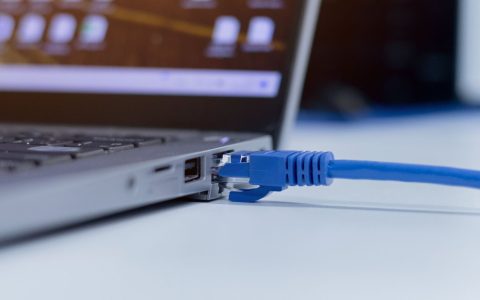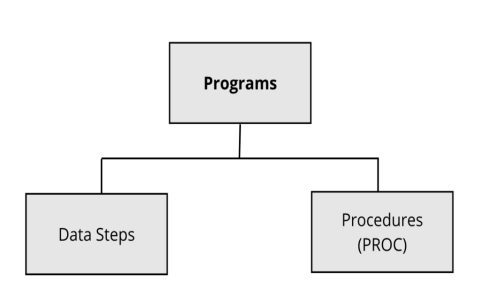Key Pricing Components
Local taxi fares typically follow a structured model with base charges and variable costs. Understanding the simple pricing formula helps travelers budget effectively. The core elements include:
- Base fee: A fixed starting cost, often applied as soon as the ride begins.
- Distance rate: Charges per kilometer or mile, scaled to trip length for accurate billing.
- Time-based fee: Additional costs during slow traffic or idling, calculated per minute.
Factors Affecting Local Taxi Costs
Several variables influence the final fare in urban settings. Key factors include peak hours, which may have surcharges, and destination zones, where demand dictates pricing variations. Route selection also impacts totals; for instance, avoiding toll roads minimizes extra fees.
Simple calculation: Multiply distance by rate, add base and time fees for a quick estimate. For example, a 5km ride with a $3 base, $2/km rate, and 10 minutes of waiting ($0.5/min) would cost $3 + $10 + $5 = $18 total.

Optimizing Your Travel Expenses
To reduce costs, travel during off-peak times and share rides. Always confirm rates with the operator before boarding for transparent pricing. This straightforward approach ensures efficient local transit planning.







